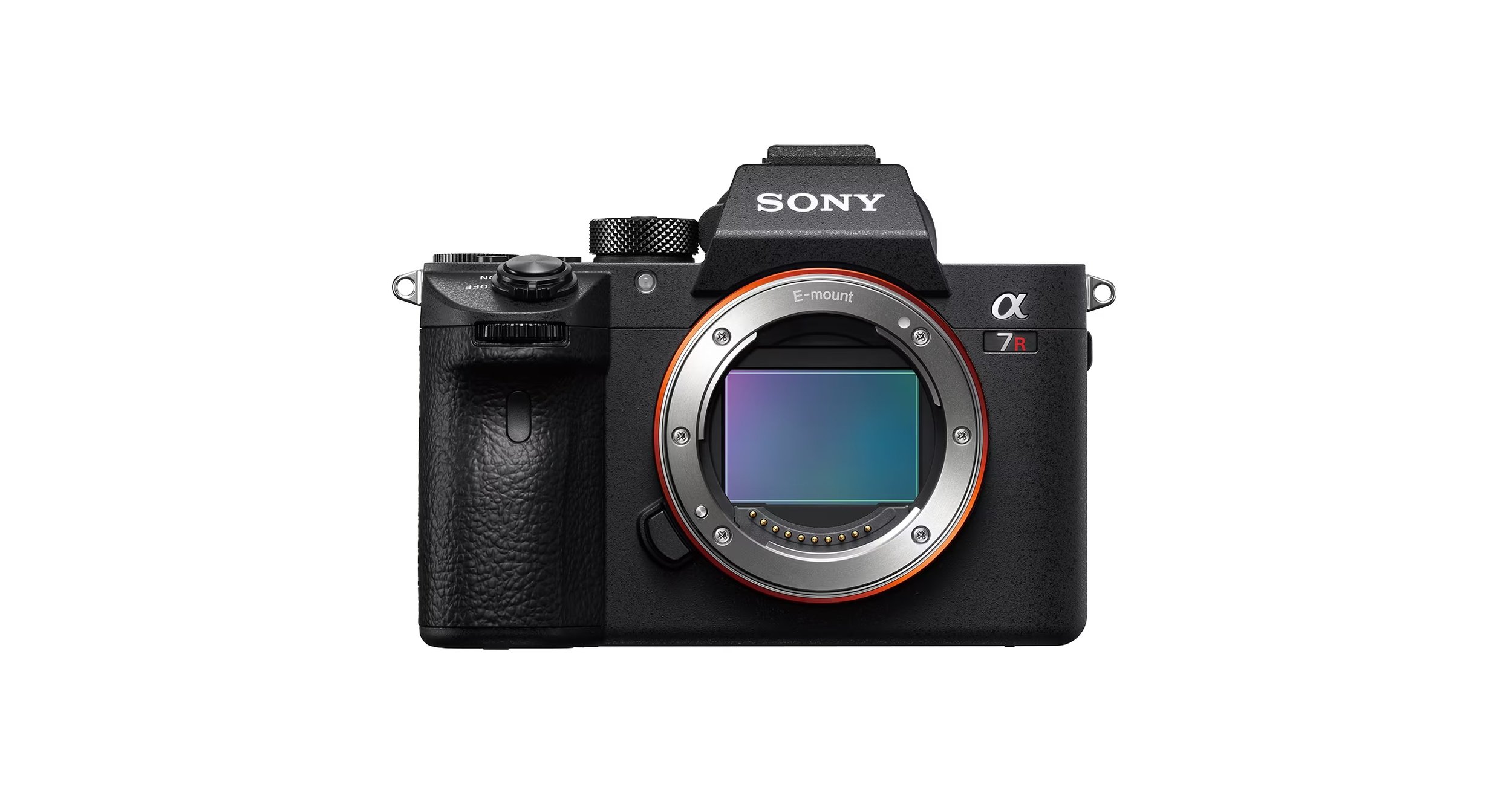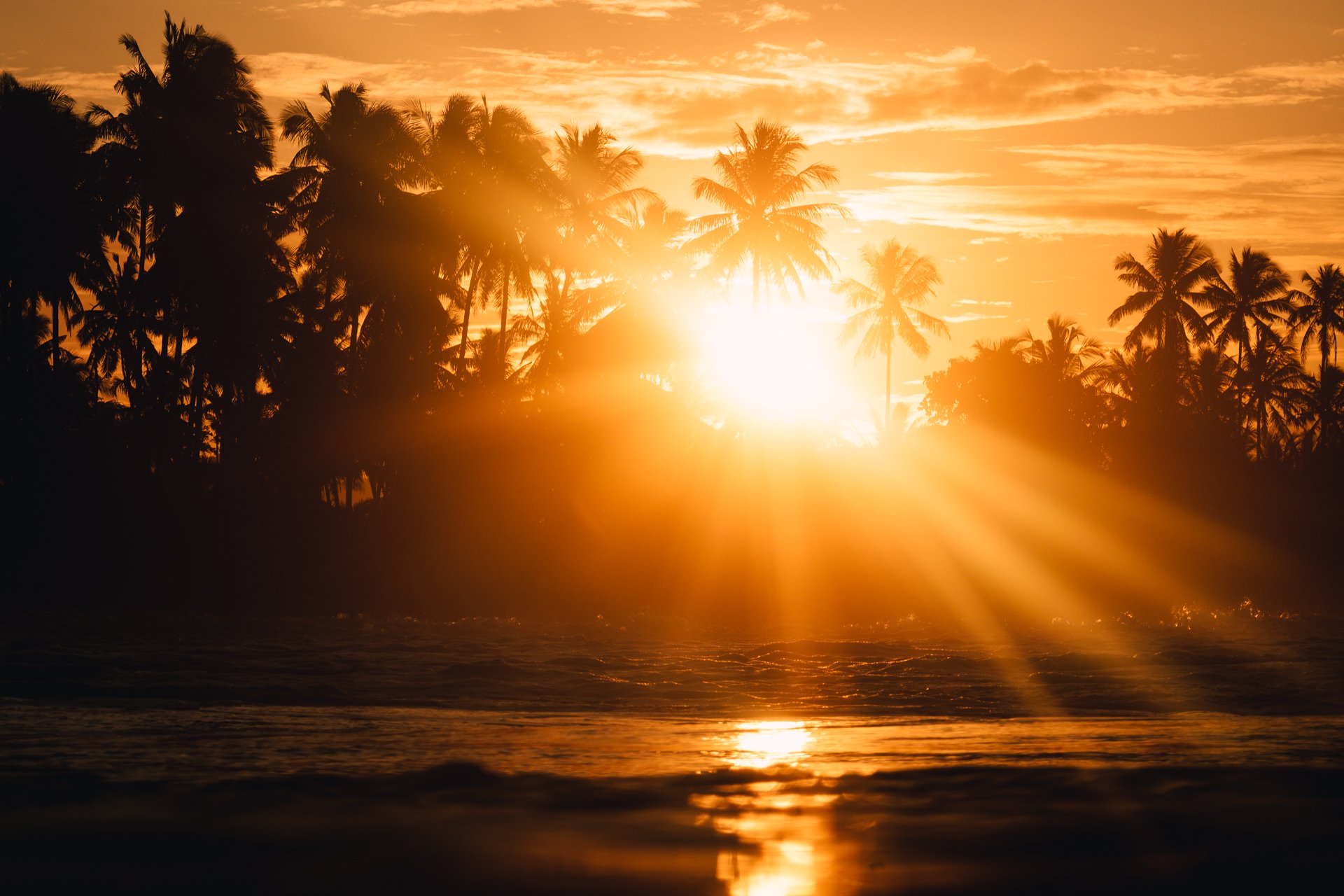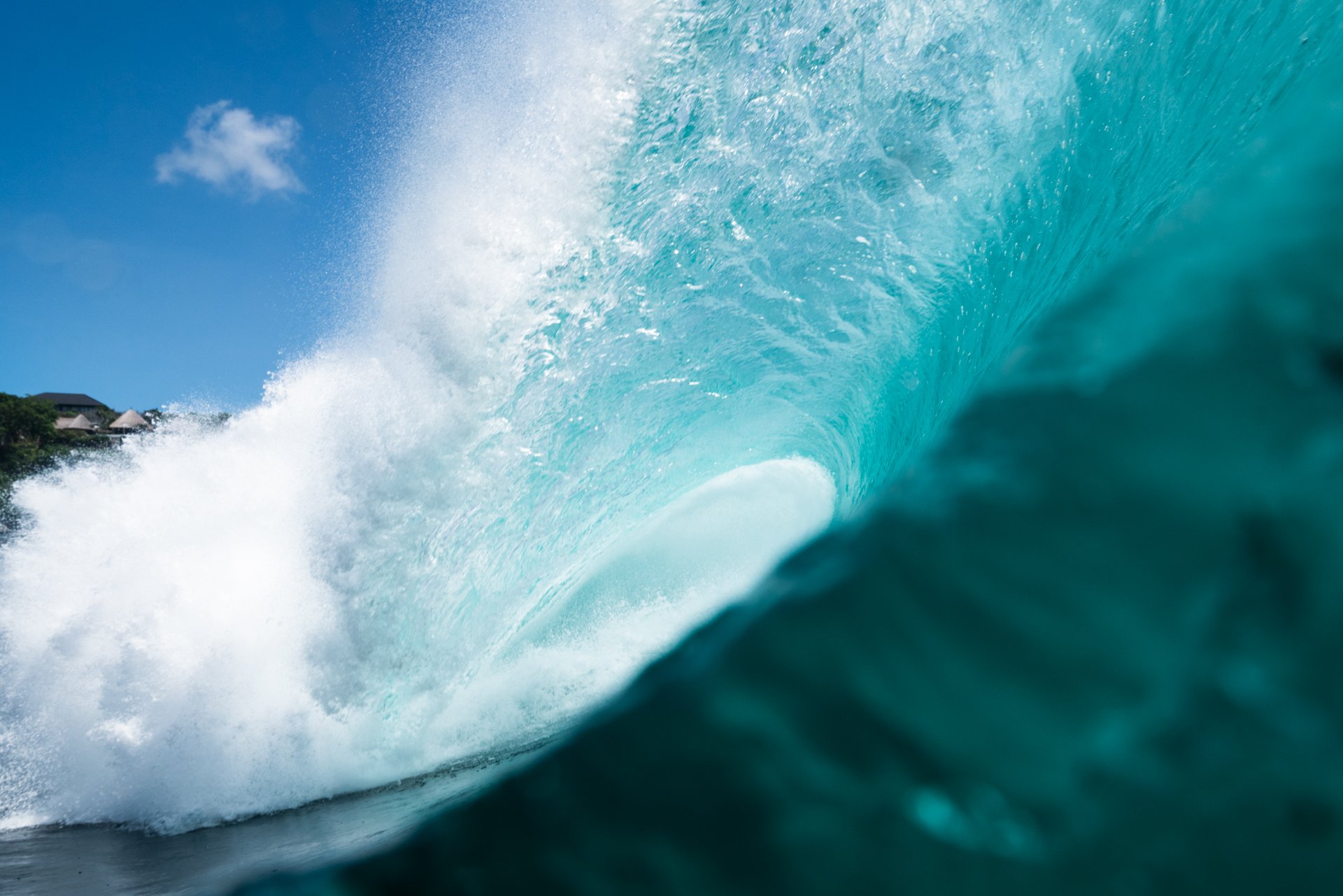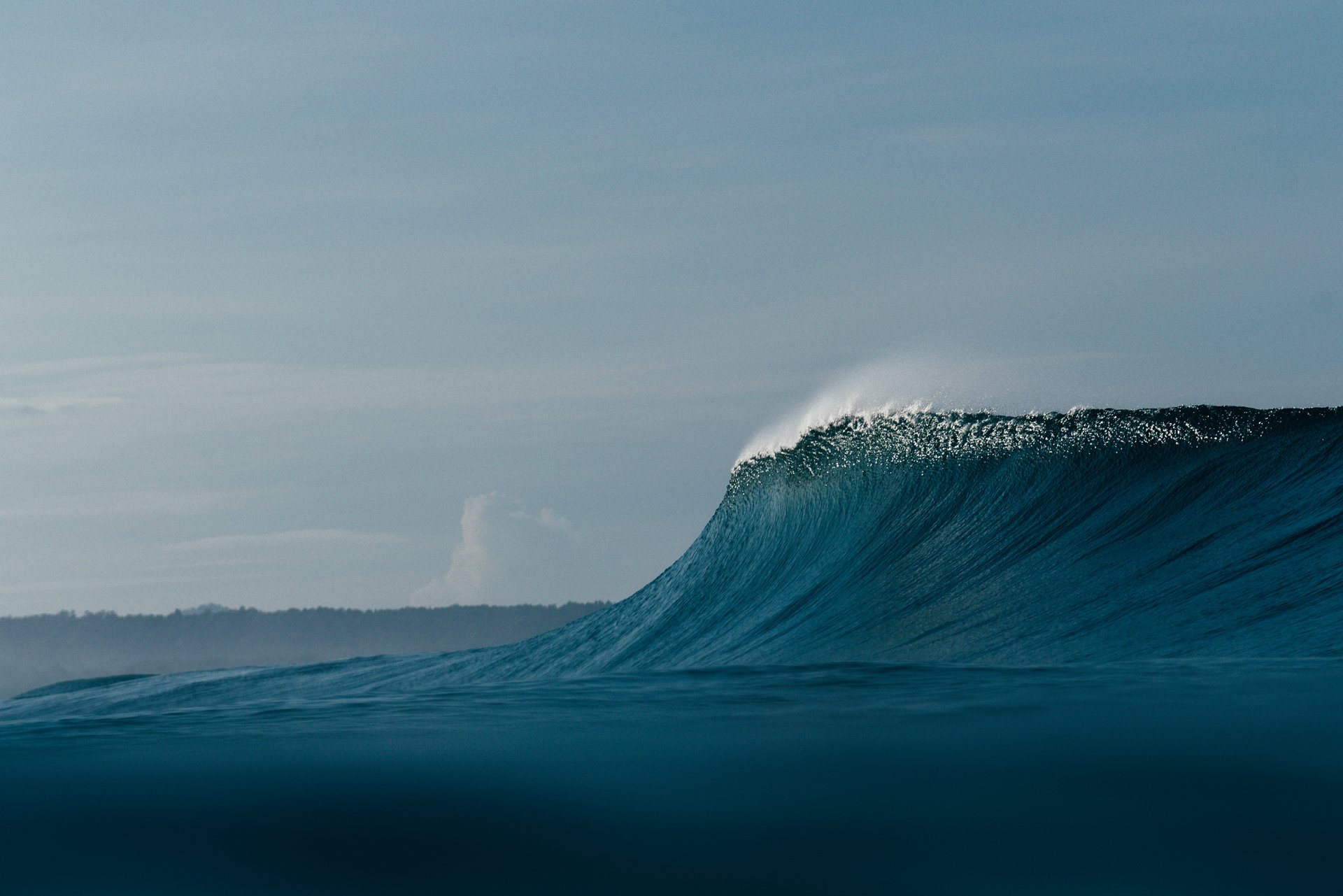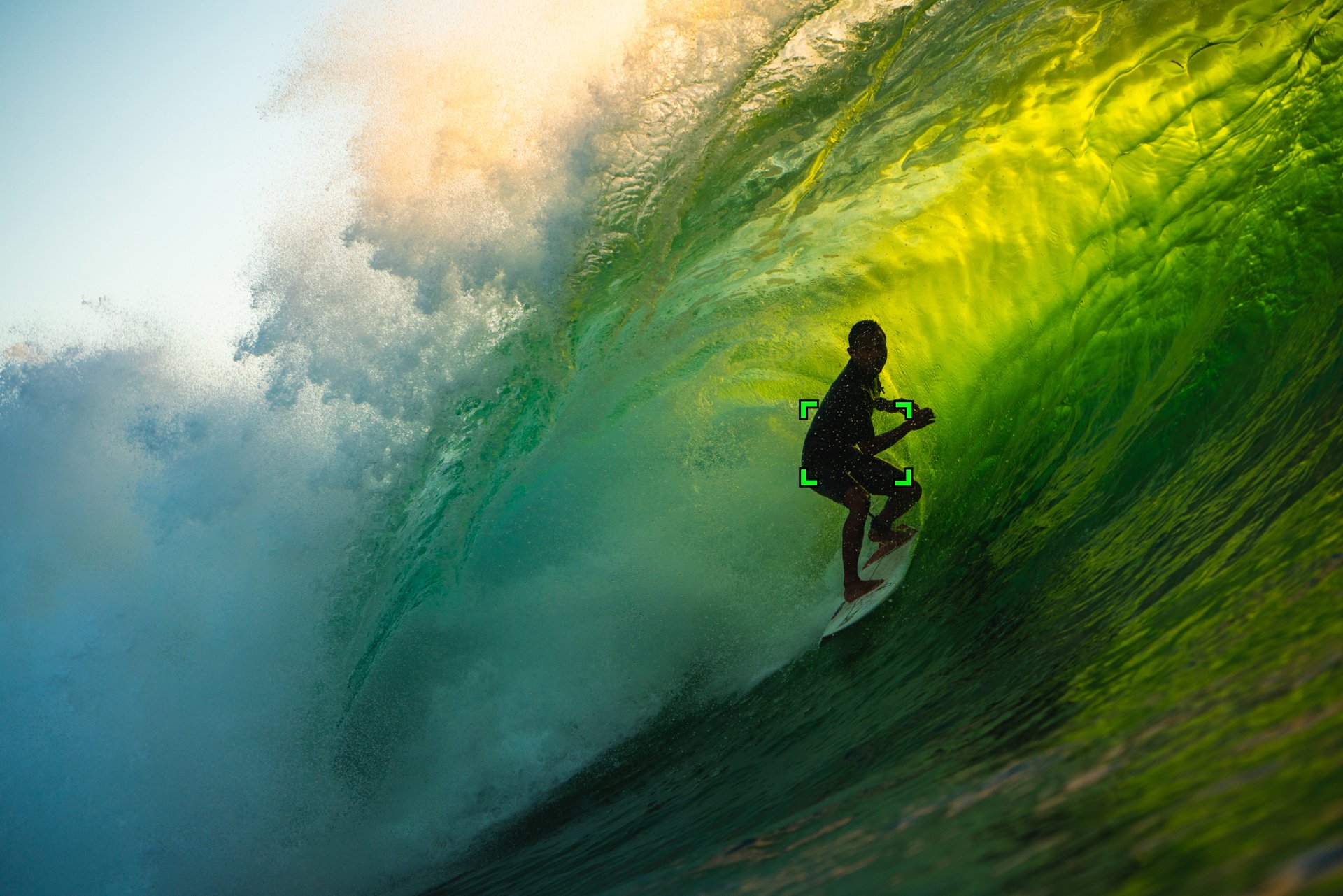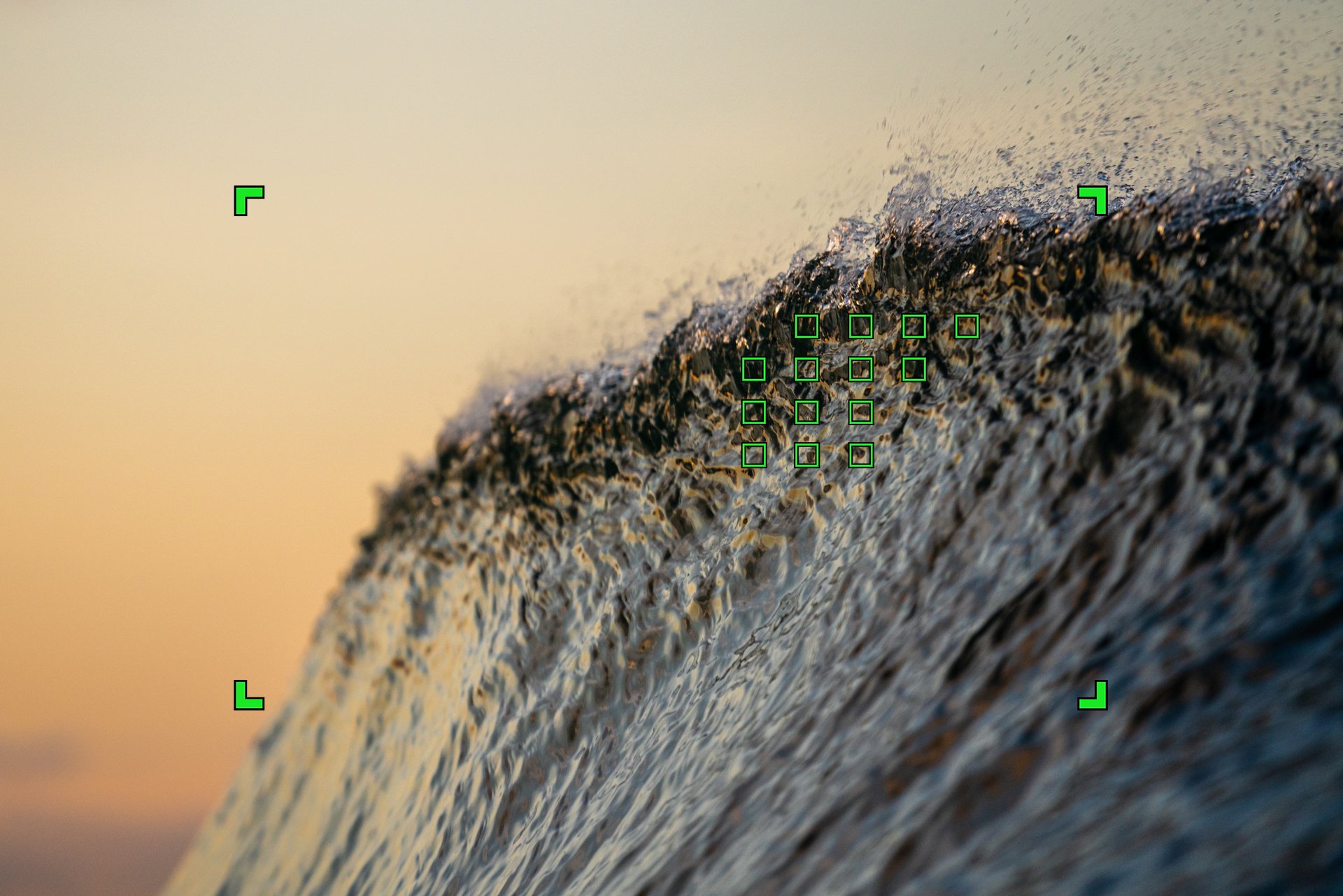10 Tips and Insights to Improve your Surf Photography
Surf and ocean photography is an exhilarating genre that requires passion, technical know-how, and the right gear to capture breathtaking moments. Whether you're a seasoned professional or an enthusiastic beginner, here are some tips to help you capture the perfect surf photo.
1) Know the Ocean
One of the most invaluable pieces of advice I can offer is to truly get to know your local surf spots. Take the time to understand how the waves break, where the currents are, the best tides etc. This knowledge will empower you to swim out confidently and position yourself strategically in the lineup. Be a student of the ocean, always observing and adapting to its ever-changing nature. Rip currents for example can potentially put you in danger, but they can also help you swim out to the lineup faster and easier. Lower tides often mean faster and hollower breaking waves, whereas higher tide may result in ‘fatter’ rolling waves. This is not always the case though and varies from spot to spot. Talking to experienced surfers who already know the spot can help massively in learning quickly about it’s characteristics.
Remember, the ocean is a dynamic and unpredictable subject. You can't simply expect the perfect shots to magically appear before your eyes. You have to actively engage with the environment, swim into the desired position, and anticipate the unfolding moments. If you want to capture a closer shot, don't hesitate to get up close and personal. Embrace the energy of the waves and the environment around you and it will reflect in your images.
However, it's crucial to know your limits and respect the ocean. The sea doesn't know your experience or fitness level, and it will be fast to give you a lesson or two about safety. If you feel that the conditions are too big or challenging for your comfort and safety, trust your instincts and refrain from swimming out. Your well-being always takes precedence and no shot is worth your life.
By cultivating a deep understanding of your local surf spots and staying attuned to the ever-shifting dynamics of the ocean, you will elevate your photography to new heights.
The ocean is a wild place. Take the time to learn about the spots you are shooting at.
Surfer - Dusty Payne
2) Shutter Speed
Slow and Fast: Experiment with different shutter speeds to achieve different effects. A slow shutter speed can create a sense of motion and convey the dynamic energy of breaking waves. It allows for stunning motion blur and emphasizes the flow of water. Slow shutter shots are possibly my favourite to shoot, as I feel they portray a magical world unseen by the human eye where time almost stands still and the elements seemingly become one. For slow shutter shots I am usually using a shutter around 1/5 to 1/20, but there is no magic recipe, and trial and error really comes into play here. Slow shutters work great in the early and late hours of the day when there is not much light available and the slow shutter will create a correct exposure. The colours are also emphasized using a slow shutter in the golden hours, which can produce stunning results in your images.
On the other end of the spectrum, a fast shutter speed freezes the action, capturing the movement of the wave in perfect sharpness and clarity. A rule of thumb if wanting extremely sharp images is to use a shutter speed of 1/1000 or faster. If you are shooting action surf and fast moving waves in the brighter hours of the day, a fast shutter will compliment the bright conditions and create extremely crisp results.
I used a slow shutter here to emphasize the fluidity of the wave and bring out more colour and contrast.
A fast shutter will ensure to freeze the action.
Surfer - Bleronk
3) Aperture
Mastering aperture settings can significantly enhance your wave photography. A shallow depth of field (low f-stop) isolates the subject from the background, whether it's a wave or a surfer, creating a dreamy and artistic effect. It directs the viewer's attention to the focal point of your image, adding a sense of intimacy and focus. A creamy and blurred foreground can also be achieved, which is extremely aesthetically pleasing in surf photography. An aperture of f/2.8 for example will achieve this desired effect. Conversely, a high f-stop (narrow aperture) increases the depth of field, ensuring that every detail of the wave is sharp and in focus. It's perfect for capturing sharp images of the entire scene and the grandeur of the ocean landscape. An aperture of f/11 for example will help achieve this goal.
I am always playing around with different apertures in the water to evoke different emotions and portray scenes and waves in a unique way. I urge you to also trial out different apertures and find out what works for you and your style over time.
The use of a low aperture here created some pleasant foreground bokeh and background blur, which helps make the wave stand out in the frame.
4) ISO
After covering how different shutter speeds and apertures effects our ocean images, we are left with ISO. This is arguably less of an important factor, however there are some fundamentals that I stick to when setting my ISO. If there is not much light available, such as at first light or on a cloudy day, I will opt for anywhere between ISO 400 to 800. Most cameras nowadays can handle higher ISO’s without creating much noise at all. I actually like the slight noise/grain that is produced at ISO 800 and it can add character to images, especially when shooting black and white. Ideally you will want to shoot a low ISO such as 100 or 200. These lower ISOs will ensure noise free images and improve the overall sharpness of your shot.
I usually set my ISO anywhere between 100 to 800 throughout a whole session. The available light and desired shutter speed and aperture will effect which ISO can be used. If you don’t want to worry about your ISO when you are in the water, I recommend setting your camera to Auto ISO and set the maximum limit to ISO 800. This will allow your camera to choose the ISO in relation to your aperture and shutter speed, without going above ISO 800 and potentially effecting your image quality.
Playing around with a high ISO of 4000 to capture the moonlight on the waves. This was half an hour before first light!
5) My Usual Settings
Although I do change up my settings and workflow in the water a lot, there are some things that I tend to stick to which work well for me.
I more often than not shoot in Shutter Priority mode and manual ISO. This means that I choose the shutter and ISO, and then let the camera work out the required aperture for a correctly exposed image. In the water I am mostly switching from shooting slow shutters when the light is low, to fast shutters when the light is bright. I will then set my ISO as discussed above to somewhere between ISO 100 and 800. I actually think about what aperture I would prefer when setting the ISO. If I set the ISO low, such as 100, the resulting aperture will most likely be low (such as f/2.8 or f/4), and if I set the ISO higher to 400, then my aperture will likely be higher (such as f/8 or f/11). I will decide what desired effect I want in my images as I’m shooting, and then adjust my settings accordingly.
I have, however, recently thought about having more control over my aperture than the technique above, and so I will play around with shooting in aperture priority mode and also manual mode. I will make sure to update soon when I trial out these settings!
I always make sure to check my camera is set up properly before going out for a swim.
6) Know Your Gear
Becoming familiar with your camera gear is crucial, especially when shooting in the water. The ability to quickly adjust settings without taking your eyes off the scene is invaluable. Take the time to learn the functions and controls of your camera and where the buttons are in relation to how you are holding the camera etc. For example, I pretty much know instinctively what every button on my water housing is for and how to interact with it without looking or loosing focus on the environment. Also, knowing where various settings are within your camera menus is important, as you do not want to be wasting time scrolling through menus when a potential shot is unfolding. This will enable you to make quick adjustments and seize decisive moments without hesitation.
I have been shooting with Sony equipment for the past 5 years and I now know it inside out. Click here to see my Sony Camera Gear.
7) Time of Day / Light and Shadow
The time of day can make or break your wave and surf photos. The ethereal light during the golden hours provides soft, warm light that beautifully illuminate the waves and create magical scenes. The lower angle of the sun creates long shadows and adds depth to your images. Shooting during these times enhances the colors, textures, and overall mood of your photographs. Don't be afraid to venture out early in the morning or stay late in the evening to capture the moments that unfold. This doesn’t mean don’t ever shoot in the middle of the day, I do this all the time! A beautifully crystal blue image of a wave is stunning and very achievable when the sun is high in the sky. Also, when shooting underwater, the added light in the daytime can illuminate the underwater scene more and create wonderful blue hues.
The interplay of light and shadow can transform an ordinary wave photo into a captivating work of art. Experiment with shooting against the light to create striking silhouettes of surfers or capture the glow of backlit waves. Creating a silhouette of a surfer creates a sense of mystery, and as the surfer is not able to be identified, the viewer is able to put themselves in the scene more easily as if they were the surfer. Alternatively, observe how light interacts with the water's surface, emphasizing the texture, lines, and movement of the waves. Utilize shadows to add depth, drama, and contrast to your compositions.
I am an absolute sucker for a sunrise flare, it just looks so warm and healing.
Crystal blue hues under the midday sun.
8) Get Creative with Composition and Focal Lengths
Composition is key in surf photography. Explore different perspectives and angles to create visually engaging compositions. Get up close to the action to capture the raw power and details of the waves, or step back to include the surrounding elements and the vastness of the ocean. Experiment with leading lines to guide the viewer's gaze or employ the rule of thirds to create a sense of balance and harmony. Keep in mind that a well-composed photograph can convey emotions and tell a powerful story.
Different focal lengths will help you achieve such desired compositions. Longer focal lengths such as 85mm and 200mm will allow you to compress scenes in the water and create very abstract and artistic images. Wider focal lengths such as 12mm fisheye or 24mm allow you to get closer to the action and still capture a large span of the scene. A focal length of 50mm (on full frame) will create the most ‘normal to the viewers eye’ results, as it is close to the focal length of our human eye. This focal length is useful when wanting to create images that the viewer can interpret with ease and place themselves within.
Currently my favourite focal length is 200mm. It creates such fantastic compression and artistic results.
9) Focus Techniques
When talking about focus, it seems most people have a technique that works best for them. For me, I am usually using a medium spot focus point on my Sony A7RIII which I am able to move around the frame when in the water. This allows me to pinpoint a certain area in the frame where I think the focus should be. I couple this focus point with continuous focusing, which means the camera will continue to focus on the selected point whilst the shutter is half pressed or shooting images. I usually start to focus on a wave way before it has broken and track it as it moves. I have found that this ensures accurate focus when the wave breaks and the shutter is pressed.
Sometimes I will opt for a zone focus if the medium spot is struggling in low light, as I find the zone focus to be slightly faster at focusing.
When shooting fisheye I always use manual focus, which is partly as my fisheye lens is manual focus only…..However, as the fisheye lens is so wide, when you prefocus to around 4ft in-front of you and use a high aperture, the whole scene will be in focus. I like this way of focusing with the fisheye as it allows me to spend less time looking at my camera and more time simply getting into the right spot and soaking up the energy of a hollow barrel.
When shooting landscape scenes where half the frame is below the ocean’s surface, I may opt for single focus as opposed to continuous focus. This allows me to focus on the palm trees in the background for example, and then recompose half under the ocean’s surface before firing the shot. This way the camera will not try to refocus on the foreground before taking the shot.
I urge you to play around with different focusing modes on your camera, as it seems every camera has various best settings for accurate focus in the ocean.
Example of how I use a medium focus spot on my Sony A7RIII. I often move it around the frame whilst shooting.
Surfer - Mega Semadhi
Example of how I use zone focus in challenging situations.
10) Use Editing Software to Enhance Your Images
Post-processing has an important part to play with your surf and ocean photography. Editing software allows you to refine and enhance your wave photos, bringing out the best aspects of the photo. Adjustments in exposure, contrast, saturation, and sharpness can fine-tune your images and evoke the desired mood. However, remember to maintain a balance between enhancement and preserving the natural essence of the scene. Use editing as a tool to accentuate the beauty that already exists in your photographs. Being consistent in your editing will help you create a certain style over time. I know I have gone through many different phases with my editing, with much trial and error (and some cringey feelings when seeing over editing in the past). I have now come to a good point where I know what I want from my editing workflow and try my best not to over enhance the image whilst at the same time creating more mood and emotion through contrast and colours.
Remember to always shoot in RAW if you wish to make the most of editing, as there is much more image data within a RAW file compared to a JPEG. You will be able to recover shadows and highlights more easily and make more fine tuned adjustments to things like white balance and colour. Editing is a fantastic tool to express your own creativity, so develop a look that feels good to you and not what you think others will like.
Adding more contrast and colour pop in post production to bring out the vibrance of the scene.
In the end, capturing the perfect surf photo is a combination of artistic vision, technical knowledge, and creative experimentation. The more you get out there and practice, the more you will develop as a surf and ocean photographer. Remember to shoot what resonates with you and do not be influenced by social media and others to shoot in a way that is not aligned to you. Embrace the unpredictable nature of the ocean, respect its power, and capture it’s beauty through your individuality. Keep pushing your boundaries, and most importantly, enjoy the presence of being in the ocean. Happy shooting!






